I am very delighted and extremely honoured to share with you my interview with Zsófia Bata-Jakab who is the CEO of the Hungarian Fashion & Design Agency (HFDA). I asked Zsófia several questions about the current status of Hungarian and Central European fashion, about new forthcoming collaborations and what their future plans are.
Enjoy reading it!
Q.: As CEO of the Hungarian Fashion & Design Agency (HFDA), what is the status of Hungarian fashion today?Hungary is in a fortunate situation, but not only thanks to its geographical features, as the country’s intellectual heritage and the creativity of Hungarians is world-famous. Hungary’s history is over a thousand years old, during which it has created a vast and rich cultural heritage and the preservation, visibility and conveying of this is a key task of the Hungarian Fashion & Design Agency. The textile and clothing industry is the same age as the Hungarian industry itself, and its development was followed by tailors branching out into sewing factories and the creation of ready-to-wear garments. Similarly to Italians, Hungarians have their own “Bella Figura” ideal, we also love and respect the arts, architecture, unique Hungarian motifs and embroidery techniques. Today’s Hungarian designers make their products unique through their own stories, with their greatest strengths being found in combining cultural heritage with contemporary art, and I also consider it important to highlight their quality production processes as something Hungary can be proud of. Some designers have incorporated the glass dome of Gresham Palace, a masterpiece of Art Nouveau architecture, into their collections, while other exceptional talents have displayed the hallmarks of the Bauhaus movement in their works.
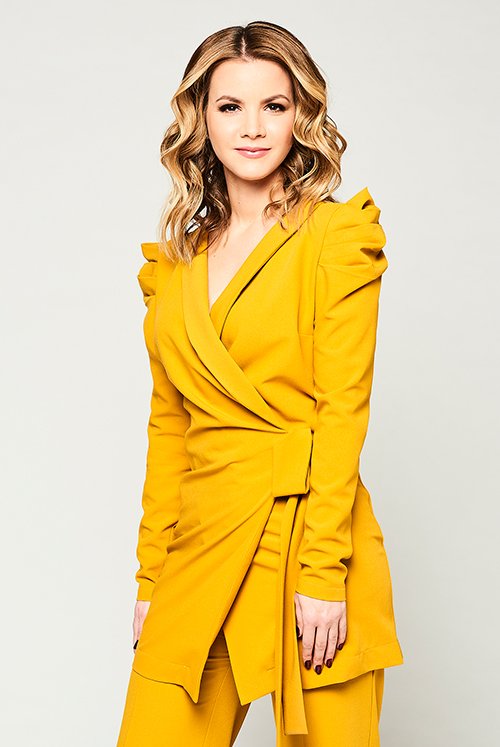
Q.: When did you start being involved in fashion? I was already fascinated by fashion as a little girl, and I loved unique clothes, materials and patterns. However, I first came into contact with the fashion industry during my university years, when I started working for a Hungarian fashion brand. I graduated as an economist, so initially I was involved in marketing, and then moved on to sales. It was a wonderful experience for me to be able to gain insight into the world of fashion and the industry at such a young age and the field soon became my passion, and it was an industry I knew I wanted to work in, in the long run. Over the past six years, I gained a comprehensive picture of the situation and work of industry players and the challenges they face. Simultaneously, I also worked for one of the largest State-owned manufacturing companies as a project manager, followed by a senior position at a globally known fast fashion brand. During my years in the profession, I have worked my way up the career ladder and have experienced all aspects of it. Thanks to my prior experiences, I have been fortunate enough to learn about the domestic and international fashion industry from different point of views.
Q.: What are the future plans of HFDA? During the course of our work, the Hungarian Fashion & Design Agency has continuously paid special attention to the professional coordination of the Hungarian fashion and design industry, while also increasing the industry’s recognition, improving the availability and commercial opportunities for domestic products, as well as focusing on educational and production development. In terms of our goals, we will continue to work on making Budapest the dominant fashion capital of Central Europe by 2030, characterized by its distinctive uniqueness, successful stores, internationally known and export-ready brands, world-class events, exhibitions, quality manufacturing, education and its global, extensive international network. We will continue with our already successful mentoring programmes and events, and we are also looking forward to placing great emphasis on supporting the development of vocational training, as we believe that the education of students studying in the field of clothing and textiles is essential. It is important for us to support industry innovations and innovative ideas to help as many companies in the fashion and design sectors as possible to receive capital investment, as through funding they can secure stability.
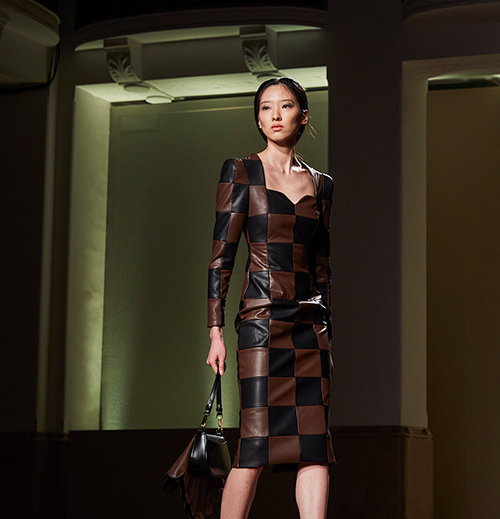
Q.: Could you tell us more about HFDA and the partnership with National Chamber for Italian Fashion?The Hungarian Fashion & Design Agency’s main task is to support Hungarian brands in entering the international market, however, for this to happen it’s essential that brands take part in, and appear at foreign events for up to 2-3 seasons. In 2018, we signed a three-year strategic agreement with the Camera Nazionale della Moda Italiana, to support us in – among other things – jointly pathing the way for domestic actors to enter the international fashion scene. As a part of this, we launched our very own international mentoring programme, providing fashion designers with valuable knowledge through workshops and one-to-one meeting sessions. One of the most defining stages of the mentoring programme is participating in Milan Fashion Week, during which mentees can present their collections to the international industry and media. At this year’s digital fashion week, seven Hungarian brands – ABODI, Cukovy, Elysian, Kata Szegedi, MERO, THEFOUR and ZIA Budapest presented their latest creations within the framework of the Budapest Select collective show, while the digital content of two other brands, ALMA and NINI could be found on the official website of the event by those interested.
Q.: Are you developing other partnerships to promote the Hungarian fashion in the world? As a coordinating centre, the Hungarian Fashion & Design Agency facilitates the exchange of information, knowledge sharing and the exploration and implementation of cooperation opportunities between different actors. Fashion diplomacy is a key part of the work of our Agency, with the aim of maintaining official professional relationships and establishing strategic partnerships with the organizations of fashion- and design industry centres of other countries in order to represent domestic industry players. To support this goal, we organized a fashion industry e-conference in the Spring of 2020, in which representatives from Austria, the Czech Republic, Slovenia and Ukraine were also present. The aim of the meeting was to facilitate knowledge sharing and collaborative opportunities between regional players in the fashion industry. In addition to our agreement with the Camera Nazionale della Moda Italiana, in 2019 we also signed a cooperation agreement with the Istituto Europeo di Design, which we have since renewed on a yearly basis. Additionally, the Hungarian Fashion & Design Agency officially became a member of The Bureau of European Design Associations (BEDA), as well as joining the World Design Organization (WDO) – an international organization for the design industry. The goal is for Hungarian designers to receive support from internationally renowned design experts, with the help of which they can successfully develop their brands. The HFDA also cooperates with the French design institute Valorisation de l’Innovation dans l’Ameublement (VIA).
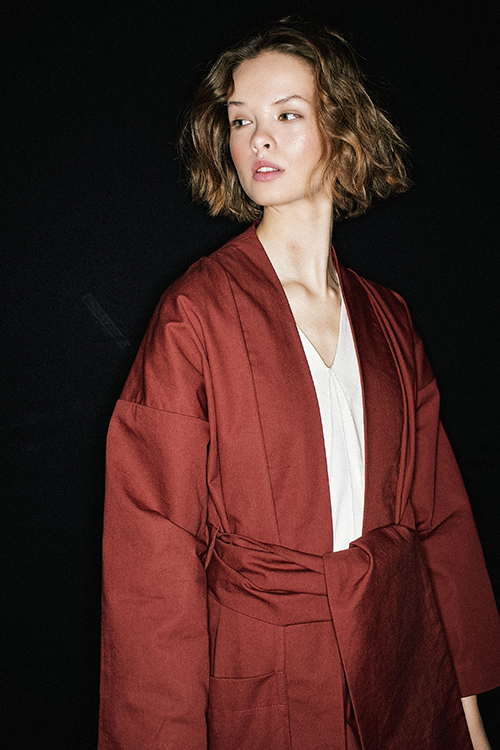
Q.: At the end of March the Budapest Central European Fashion Week took place, what is the goal of this fashion week? For Hungarian fashion designers, Budapest Central European Fashion Week is the number one meeting point where they can connect with the general public interested in fashion and members of the international fashion industry. Attendees of the event can become familiar with the defining pieces of the next season first hand. From season to season, brands on the catwalks can show their creativity to the industry and potential buyers, providing them with serious sales opportunities. Thanks to the regular implementation of BCEFW, we have created a platform for designers where they can regularly present their collections, while we are also able to draw the attention of the Hungarian and international fashion industry, as well as the press, to the talent of creative Hungarians. In light of the virus situation, we had no other choice but to rethink the Fashion Week held in March. Taking into account international trends, we decided to implement Budapest Central European Fashion Week digitally, in the form of runway videos. Those interested could view the digital content on the event’s official Facebook page between 25-28 March. In addition to 26 Hungarian brands, several other designers from the Central European region also presented their latest collections at the event. Throughout the four-day event, almost 12,000 viewers followed BCEFW, with viewing numbers continuously rising, as the fashion week can be viewed in its entirety at any time on BCEFW’s official Youtube channel.
Q.: How do you select the brands to be part of this fashion week? All applications received seasonally are inspected and evaluated by an independent professional committee commissioned by the HFDA. Furthermore, the applications and content of submitted portfolios must comply with the system of criteria established by BCEFW. We are also delighted that an ever-growing number of applications are arriving from surrounding countries and that our invites are also being accepted. In the future, we would like to further strengthen our network and cooperation with countries in the region, to do so we also visited regional fashion institutes and asked them to delegate designers from their own country. Thankfully, this didn’t cause any difficulties during the digital transition either, as in the case of the BCEFW in March, besides 26 Hungarian designers, 10 regional designers were also able to present their works.
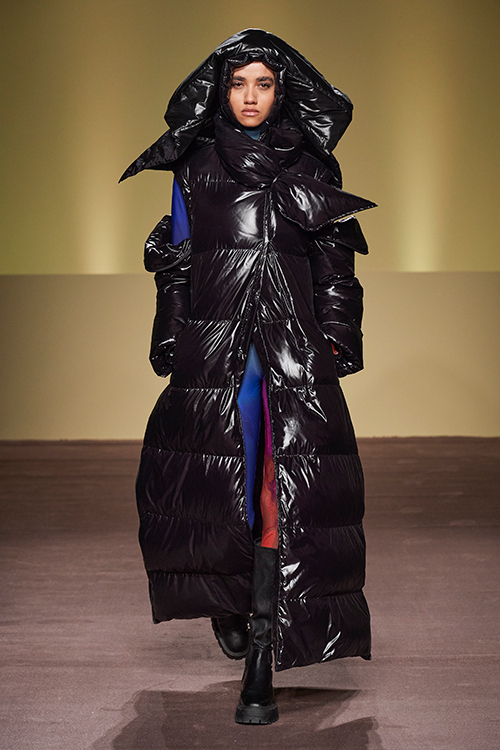
Q.: Do you think BCEFW could become the most important fashion week for Eastern Europe? The strategic goal of the Hungarian Fashion & Design Agency is to make our capital, Budapest, the fashion centre of Central Europe. To achieve this goal, the regular implementation of BCEFW is important, as it creates a platform for designers to introduce themselves, and also draws attention to Hungarian talents, including the attention of the domestic and international industry, as well as the press. From season to season, brands on the catwalks have the opportunity to present their creations to buyers, the industry, and potential customers, providing them with serious sales opportunities and a high degree of visibility. In addition to Hungarian designers, regional brands also appear regularly at the fashion week, so the event perfectly reflects the cultural richness of Central Europe. There is also growing interest from the international press, buyers and influencers, and this development is well illustrated by the fact that while in 2018 approximately 40 people worked on realizing the event, we have now reached a staff of nearly 300 people. So far, the fashion week offline has attracted almost 6,000 people per season and resulted in over 120 appearances in the Hungarian and international press, as well as providing intensive visibility for around 40 Hungarian and international fashion designers. Regarding the digital, online event, participation will be open to an even higher number of people. I also find it important to highlight the success of the Budapest Fashion & Tech Summit, which has become an independent, multi-day fashion industry conference, which originally started out as a side event of BCEFW, and has experienced great international interest.
Q.: Last December the Budapest Select Concept store was opened, what kind of brands can we find at the store? The Budapest Select Concept Store webshop was launched at the end of 2020. The webshop emphasizes the values inherent in Hungarian brands and makes them visible to domestic and international audiences interested in fashion and design. The site offers a wide selection of unique products, out of which everyone can find their perfect piece. From elegant items to masks, t-shirts and jackets, a wide range of unique lamps and furniture can also be found in the webshop. Besides increasing awareness of Hungarian fashion and design brands, the platform also contributes to the development of stronger relationships between consumers and brands, and by learning about the personal stories of the brands, sales processes are also stimulated. The selection of brands available on the website is constantly growing, with new collections available each season, including the pieces of Hungarian brands present at MFW and BCEFW, which have also been added to the selection on offer.
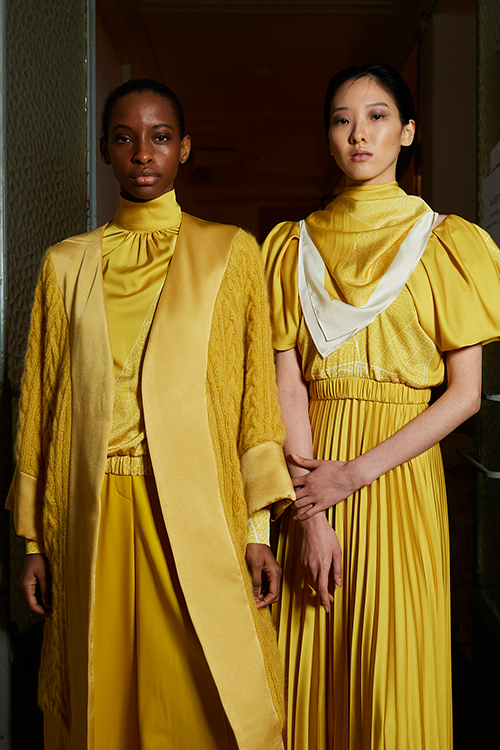
Q.: What do you think Hungarian/Central European fashion is missing or needing right now? 2020 has brought many changes for us all, both regarding having to face new challenges and tasks for those working in the sector, while also anticipating future opportunities. Given the unprecedented state of the industry, there is no such thing as an available, detailed industry script we can stick to 100% for the upcoming year. Fashion brands need to design their strategies to match their priorities according to their economic and market exposure and capabilities. Brands need to be even bolder, and more flexible than ever before. Brands also need to consider new for-profit opportunities, offering a more personalized range of products and services to attract as many local customers as possible. Company leaders need to develop the highest possible level of ethical practices and business models – this is essential in 2021 for well-rounded, successful operations. Based on the latest analysis, it can be said that the production and sales turnover of the Hungarian fashion and clothing industry is located mid-level in the Central European region. We are recognized by foreign customers, who appreciate the traditions of the Hungarian clothing industry, and agree that quality work is being produced in domestic factories. Also aiming to support the Hungarian fashion and design industry with the HUF 15 billion tender launched by the Ministry for Innovation and Technology (ITM), which was based on the policy proposals of the HFDA.
Q.: What advice would you give to all the emerging designers out there? In the age of digitization, designers have the chance to build a global brand. However, achieving long-awaited success is a complex process, as in addition to quality standards, it also depends on many other factors, including proper timing, talent, and great storytelling. In addition to creativity, they also have to keep up with change. There are countless sources of knowledge available to young people, such as online trainings and free conferences where they can learn – it’s important that those who want to take advantage of these can do so, as it can give them a great competitive advantage. Designers should strive to find a niche market that creates value in both their home and foreign markets. An excellent, unique creative product alone is not enough to convince investors, for success, an ambitious and well-prepared team is also essential, especially if international goals have been set. For a creative business to work, business competency must also be present. It is also important for designers to be open, listen to as many opinions as possible, and flexibly incorporate professional feedback into their work.
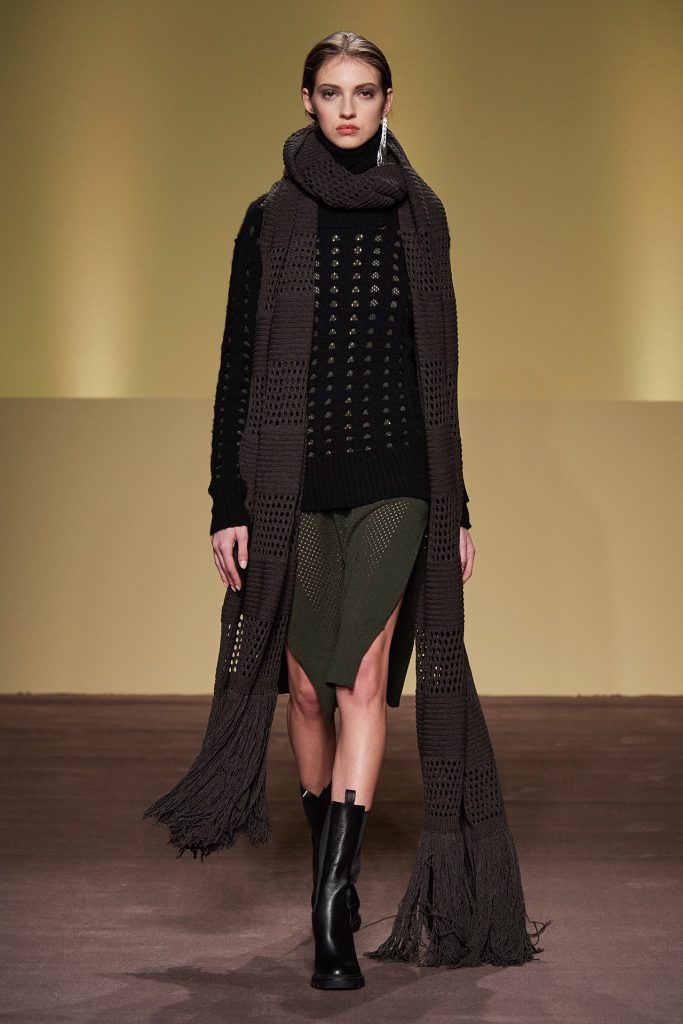
Q.: What is fashion for you? Fashion is a form of self-expression, as well as being a language that crosses all borders, as it can be independent of linguistic understanding, conveying the culture and traditions of a country without words. I think it’s this approach to fashion that is the closest to me, as it also includes the interpretation that this sector has been promoting Hungarian creativity as a value for centuries. On the other hand, fashion is also indispensable from an economic point of view, as the sector is one of the largest employers in Hungary, providing a livelihood for approximately 90-100 thousand people. Based on estimates, the number of fashion and design SMEs are close to 12,000 in Hungary. The fashion industry also plays a significant role in employment at a regional level: in convergence regions, textile and clothing factories are at the forefront of job creation. As an integrative and coordinative organization, we are constantly working towards contributing as much as possible to the development of the fashion and design industry, and the success of brands.
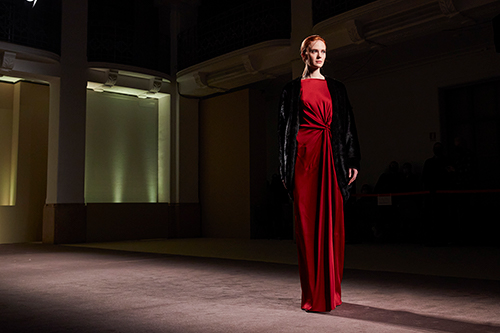
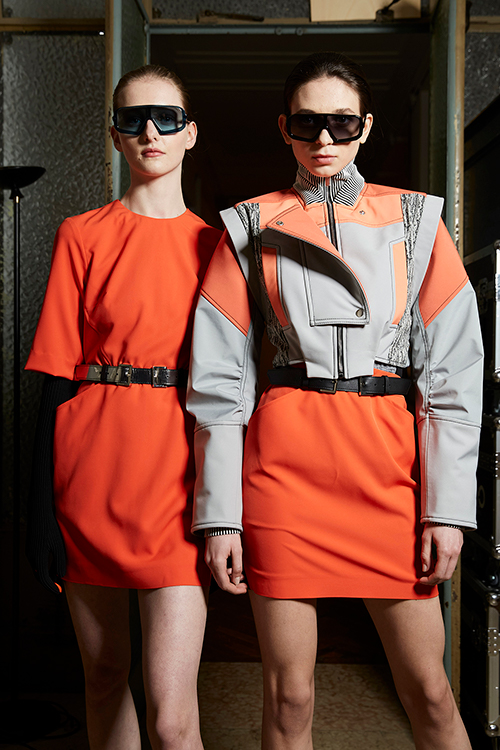
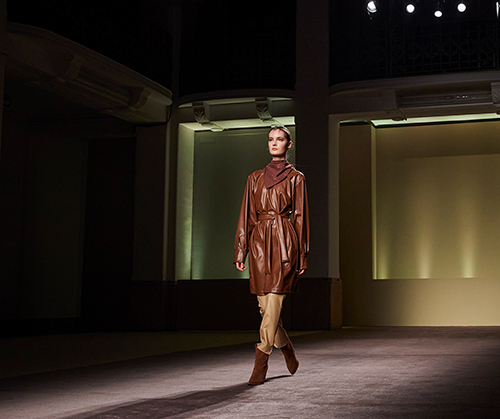
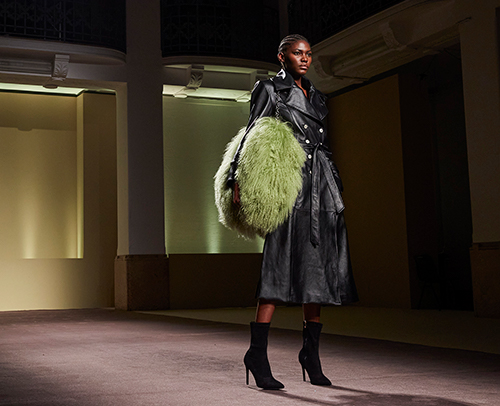
For more info visit hfda.hu/en

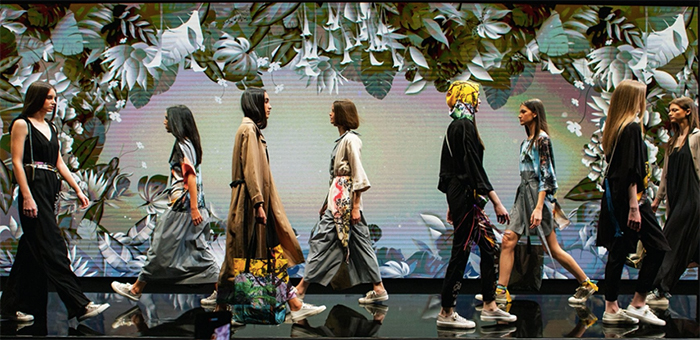
[…] learn more about the Hungarian fashion, read the recent interview to Zsofia Bata-Jakab who is the CEO of the […]